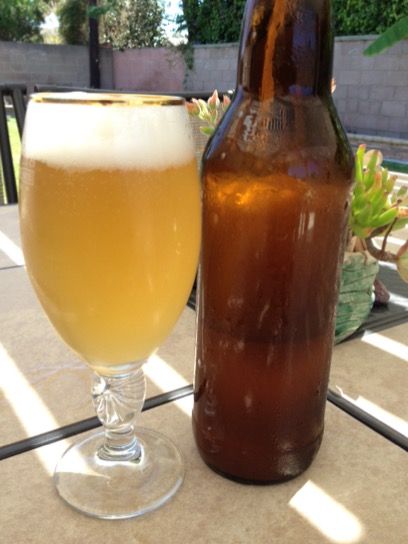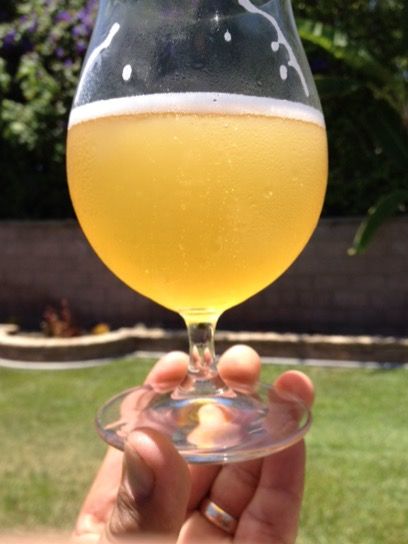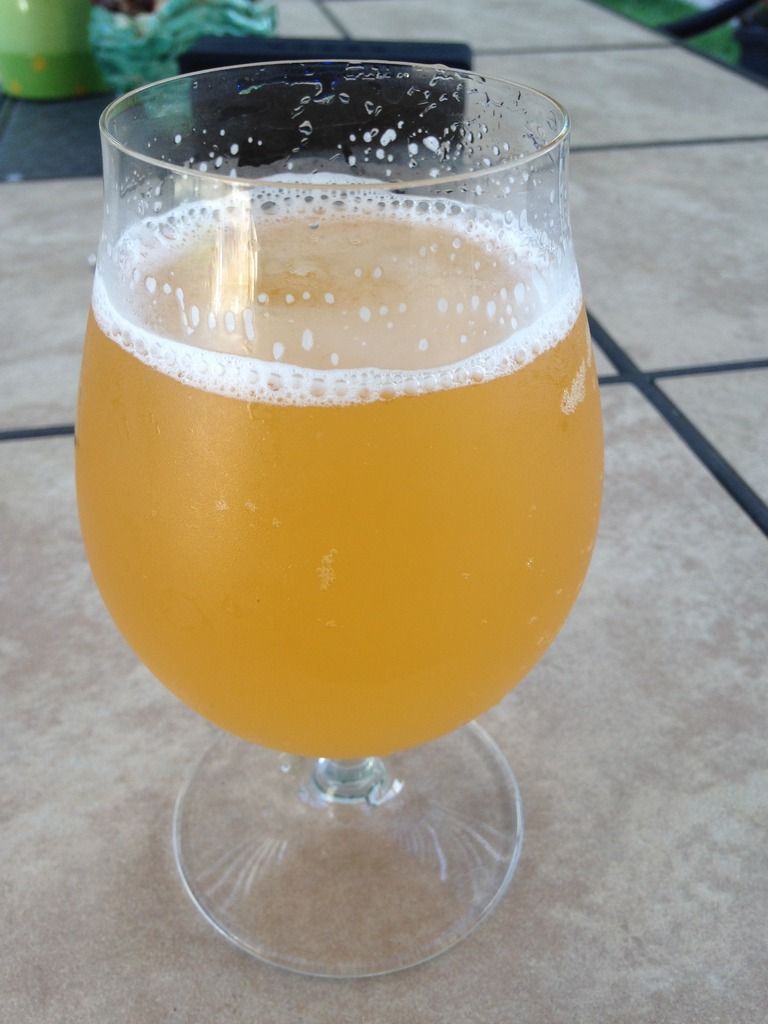The amount of sparge water needed depends on the volume of your first runnings (lauter) after the mash. The volume of your first runnings plus your sparge water volume should equal your pre-boil volume. You can use your recipe program, such as BeerSmith or an online calculator such as
Brew365 to calculate your volumes. Unless you BIAB, batch sparging twice with equal volumes is the most efficient. Read up on mashing so you understand the process.
The temperature of the mash is very important, a few degrees can make a big, big difference. The temp of the sparge water is not critical but it is advised to keep the temperature of the mash during sparging under 170°F, and keep its pH under 6.0, to prevent extracting tannins.
Your water minerals play a strong role in how your beer turns out. Read up on water too, such as
Bru'n Water. If you don't know your tap water composition, you could use RO water from the machine in a local supermarket or Walmart @ around $0.39 a gallon and add the minerals (brewing salts) Bru'n Water calculates. Not a bad idea for your first few AG brews.
Added:
Forgot to say, secondaries are not needed or even recommended unless you want to bulk age your beer for longer than 6-8 weeks (e.g. sours) or in some cases when adding fruit, to do a real secondary fermentation. The main drawbacks on using secondaries are increased risk of oxidation and infection. Generally, ignore kit instructions hinting to secondaries and read HBT instead.
You can cold crash your (wheat beer) primary after 2-3 weeks, after fermentation is done and the beer has had time to condition out. It's main purpose is to drop out (most of) the yeast. The proteins in the wheat also cause the haze. To create a permanent haze you could add 2 tablespoons of (wheat) flour, made into a slurry with a little water, at the end of the boil.
Enjoy your first AG, it can make a big change in your beer, usually for the better!










![Craft A Brew - Safale BE-256 Yeast - Fermentis - Belgian Ale Dry Yeast - For Belgian & Strong Ales - Ingredients for Home Brewing - Beer Making Supplies - [3 Pack]](https://m.media-amazon.com/images/I/51bcKEwQmWL._SL500_.jpg)


















































